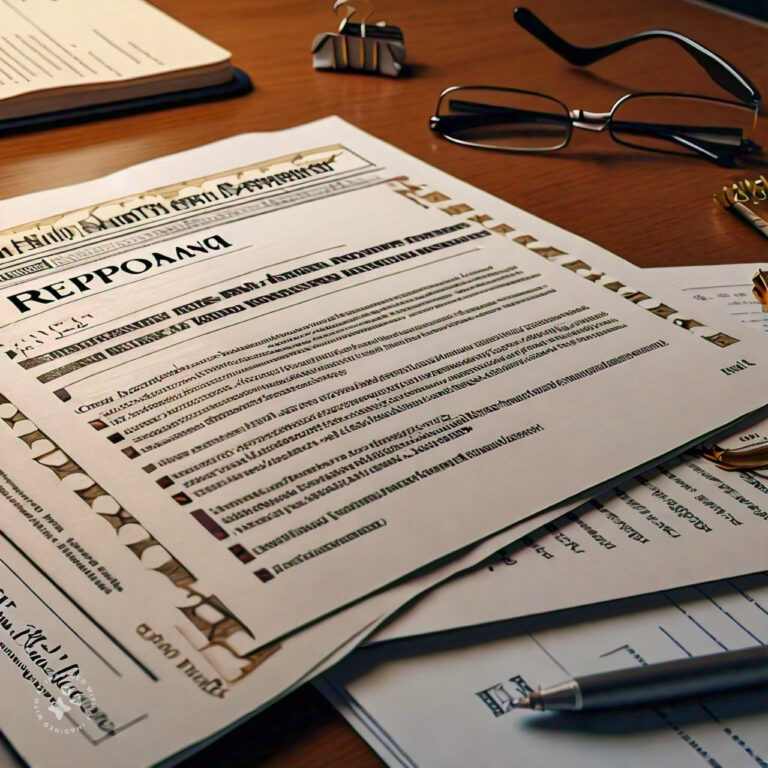Catholic Church Real Estate: How the Church Manages Properties
When we think of the Catholic Church, images of grand cathedrals and serene chapels often come to mind. However, the Church’s real estate portfolio extends far beyond these sacred spaces, encompassing a diverse range of properties that require careful management. In this article, we’ll explore how the Catholic Church manages its real estate, share personal anecdotes, and provide unique insights into the complexities of church property management.
Table of Contents
Understanding Church Property Management
The Catholic Church owns a significant amount of real estate worldwide, from churches and schools to residential properties and commercial ventures. Managing these assets involves a complex interplay of canon law, financial oversight, and community engagement.
Personal Anecdote: My Experience with Church Property Management
I remember attending a small parish in my hometown where the church was not just a place of worship but also a community hub. The parish priest often spoke about the challenges of maintaining the church building and surrounding properties. One Sunday, he shared how they had recently renovated the community hall to host events and gatherings. “It’s not just about keeping the lights on,” he said. “It’s about creating a space where our community can thrive.”This experience opened my eyes to the behind-the-scenes work that goes into managing church properties. It’s not just about bricks and mortar; it’s about fostering community connections.
The Structure of Church Property Management
Canon Law and Property Ownership
In canon law, the Church has the right to acquire and manage property. The local bishop typically oversees this process, ensuring that all transactions align with church teachings and regulations. For example, any sale or significant alteration to church property often requires approval from higher authorities within the Church hierarchy.Example: In many dioceses, a diocesan finance council assists the bishop in overseeing financial matters related to property management. This council ensures transparency and accountability in how funds are allocated for maintenance and improvements.
Ordinary vs. Extraordinary Expenditures
Church property management can be categorized into ordinary and extraordinary expenditures:
- Ordinary Expenditures: These are regular costs associated with maintaining properties—utilities, routine repairs, and staff salaries.
- Extraordinary Expenditures: These involve significant capital projects like renovations or new construction. For instance, if a parish decides to build a new community center, this would fall under extraordinary expenditures.
Relatable Scenario: The Decision-Making Process
Imagine you’re part of a parish council discussing whether to renovate an aging church building. You weigh the pros and cons:
- Pros: A renovated space could attract more visitors and serve as a venue for community events.
- Cons: The costs could strain the budget, especially if unexpected repairs arise during renovations.
The discussion reflects how community input plays a vital role in decision-making processes regarding church properties.
Unique Insights into Managing Church Properties
Community Engagement
One key aspect of effective property management is engaging with the community. Churches often serve as more than just places of worship; they are centers for social interaction and support.Example: A parish in my area organizes regular community meetings to discuss upcoming projects and gather feedback from congregants. This approach fosters transparency and ensures that decisions reflect the needs of the community.
Financial Stewardship
The Catholic Church is also committed to responsible financial stewardship regarding its real estate holdings. This includes:
- Regular Audits: Conducting audits helps ensure that funds are being used appropriately for maintenance and improvements.
- Diversifying Income Sources: Some parishes rent out unused spaces for events or lease land for commercial purposes to generate additional revenue.
Practical Advice for Effective Management
- Create a Maintenance Schedule: Regular upkeep prevents larger issues down the line. For example, scheduling annual roof inspections can help catch leaks before they cause significant damage.
- Engage Volunteers: Many parishioners are eager to help maintain church properties. Organizing volunteer days for landscaping or minor repairs can foster community spirit while reducing costs.
- Utilize Technology: Property management software can streamline maintenance requests, track expenses, and manage budgets more effectively.
- Communicate Openly: Keeping the congregation informed about projects fosters trust and encourages support for future initiatives.
Conclusion
Managing Catholic Church real estate is a multifaceted endeavor that requires careful planning, community engagement, and financial stewardship. Through personal experiences and insights gained from observing local parishes, it’s clear that effective property management goes beyond maintaining buildings—it’s about nurturing communities.As we reflect on these aspects of church property management, let’s remember that every brick laid is not just part of a structure but also part of a larger mission to serve God and foster connections among people.






